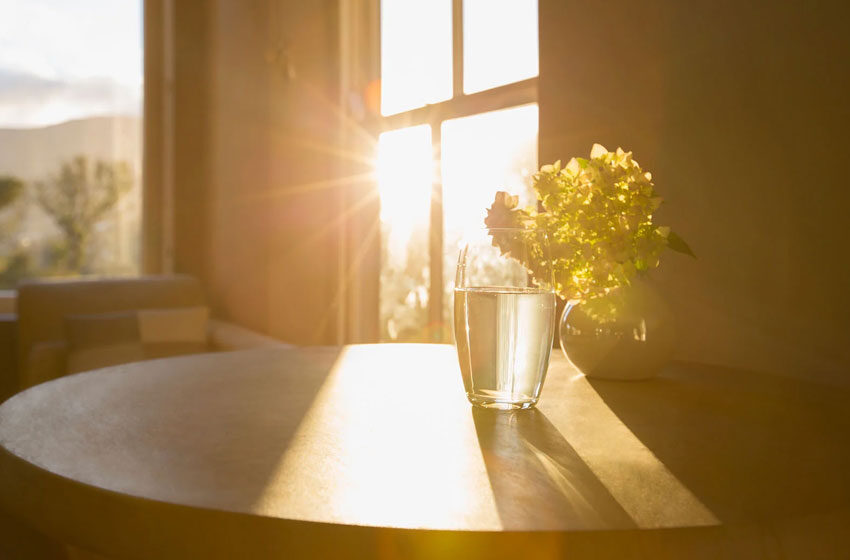DOES THE LAW PROTECT YOU WHEN IT COMES TO ACCESSING SUNLIGHT IN YOUR HOME?

If a neighbour puts up a building that stops you from accessing direct sunlight, do you have any legal recourse? Jo Thomas, a resident of central Adelaide, had to grapple with this problem when she discovered there were plans by a developer to put up a 4-storey building next door.
Jo lives who lives in Christie Walk, a small medium density development with 27 dwellings, felt the box-like development was going to impact negatively on her and the local community as a whole by overshadowing her my photovoltaic solar collectors as well as the community garden.
When she made submissions to the council’s development assessment panel objecting to the development, the council agreed with her and stepped in to stop the development. The decision was upheld by the South Australia Environment Resources and Development Court after the developer appealed, much to Jo’s relief. The developer had no choice but to adjust the building plans to allow in more light.
Local government planning guidelines stipulate that private open living spaces must receive a certain amount of sunlight each day –at least 3 hours every day. However, the rules on access to the sunshine for solar panels are not so clear.
Some Australian jurisdictions only give best practice guidelines that are set out as objectives, rather than specifying actual rights protected by the law.
“You can’t exactly exercise your rights per se, but you may have grounds to seek a remedy. And that in itself raises a whole bunch of challenges,” says Peter Clarke, a lawyer with Sydney firm Hones Lawyers


